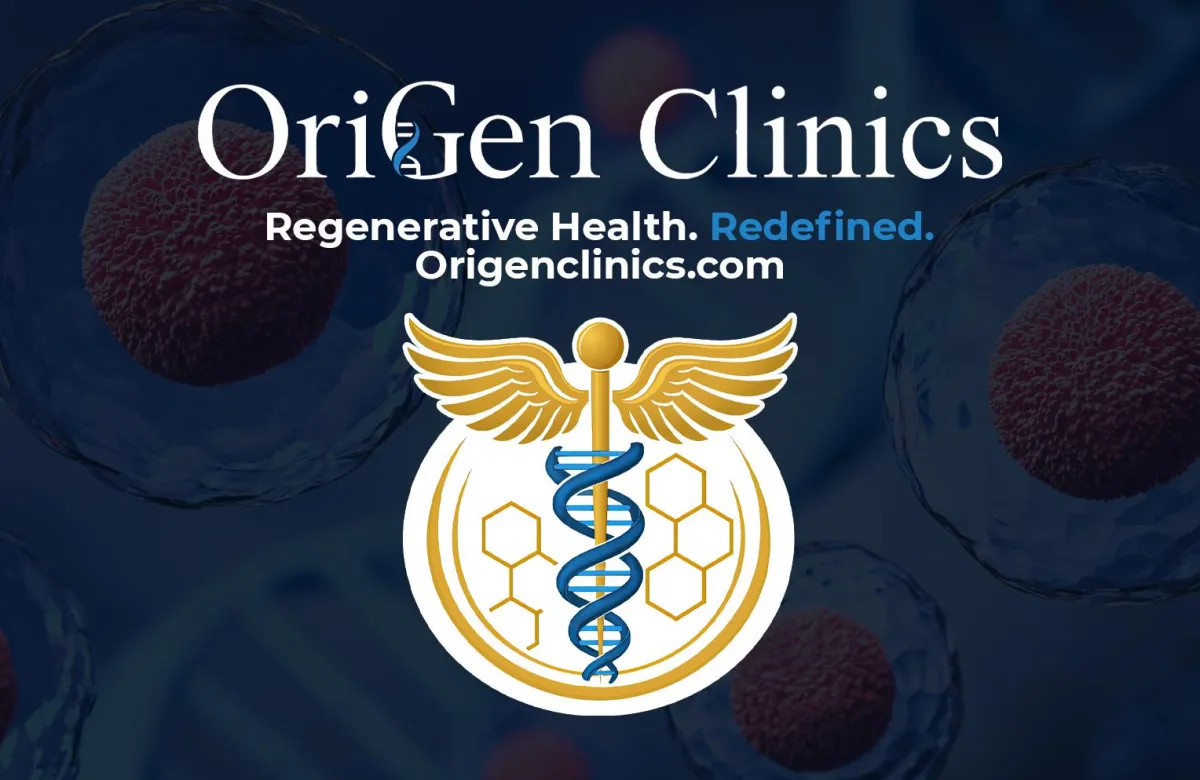
How Your Body Heals Itself with Stem Cells
Explore the science behind stem cells and how your body uses them for natural healing and repair. This article examines the fundamentals of stem cell therapy, a key component of regenerative medicine, and its role in cell regeneration, tissue repair, and recovery. Gain insight into the healing process, treatment options, and the benefits stem cells offer in restoring damaged tissue. Backed by ongoing research, stem cell therapies are opening new possibilities to help you heal naturally and effectively.

How Your Body Heals Itself with Stem Cells
The human body has an extraordinary capacity to heal itself. From a minor cut on your finger to recovering after surgery, countless processes work behind the scenes to repair damaged tissue and restore normal function. At the heart of this regenerative ability are stem cells—specialized cells that act as the body’s internal repair system.
In this article, we’ll explore what stem cells are, how they work, and why they play such a critical role in modern regenerative medicine. We’ll also look at current research, common treatments, and the practical implications of using stem cells to support healing.
What Are Stem Cells?
Stem cells are unique because they can develop into many different types of cells. Unlike most cells in your body that have a specific function—like muscle cells, nerve cells, or skin cells—stem cells are unspecialized. They have the remarkable ability to:
Self-renew by dividing and producing more stem cells.
Differentiate into specialized cells needed to repair or replace damaged tissue.
Think of them as a blank slate your body can call upon whenever something needs rebuilding.
There are several types of stem cells relevant to healing:
Embryonic Stem Cells – Found in embryos and capable of becoming almost any cell type.
Adult (Somatic) Stem Cells – Found in tissues such as bone marrow, fat, and muscle. These help maintain and repair the tissue where they reside.
Induced Pluripotent Stem Cells (iPSCs) – Adult cells that have been reprogrammed in a lab to behave like embryonic stem cells.
How Stem Cells Contribute to Healing
When an injury occurs—like a torn ligament, worn cartilage, or damaged skin—stem cells are recruited to the site. Their role is to replace damaged cells and release signals that guide the healing process.
Here’s how stem cells help your body repair itself:
Migration to the Injury Site
Chemical signals released by damaged tissue attract stem cells.
They travel through the bloodstream or local tissue to reach the injured area.
Differentiation into Specialized Cells
Once they arrive, stem cells transform into the specific cell types needed—such as bone, cartilage, or muscle cells.
Release of Growth Factors
Stem cells secrete proteins and signaling molecules that reduce inflammation, stimulate tissue growth, and encourage blood vessel formation.
Support of the Healing Environment
By influencing surrounding cells, stem cells create conditions that promote efficient, organized repair rather than scar tissue alone.
This multi-faceted approach explains why stem cell therapies hold so much promise for conditions that were once thought to be irreversible.

Stem Cell Therapy: A Key Part of Regenerative Medicine
Regenerative medicine is an emerging field that focuses on restoring structure and function to damaged tissues and organs. Stem cell therapy is one of its central pillars.
In clinical settings, stem cells are collected (often from your own body) and precisely injected into the area requiring repair. For example:
Orthopedic Injuries: Injections into joints or tendons to help regenerate cartilage and reduce inflammation.
Chronic Pain: Stem cells may support tissue regeneration and alleviate pain caused by degeneration.
Wound Healing: Application of stem cells to chronic wounds or burns to accelerate closure and improve recovery.
Unlike surgery, stem cell treatments are minimally invasive and use your body’s own biology to drive healing.
Benefits of Stem Cell Treatment
Patients considering stem cell therapy often ask what makes it different from conventional treatments like medication or surgery. Some of the potential benefits include:
Reduced Inflammation: Stem cells release factors that calm chronic inflammation.
Faster Recovery: By replacing damaged cells, stem cells can accelerate healing timelines.
Improved Tissue Quality: Instead of simply patching damage, stem cells support healthy, functional tissue regeneration.
Minimally Invasive Approach: Many treatments involve a simple injection rather than extensive procedures.
Reduced Need for Long-Term Medication: Supporting natural repair may decrease reliance on pain medications.
While no therapy is guaranteed, many patients report improvements in mobility, function, and pain reduction.
Ongoing Research and Future Directions
The field of stem cell research is advancing rapidly. Scientists are working to:
Understand exactly how stem cells influence the healing process.
Optimize harvesting and preparation methods to improve outcomes.
Identify which patients are most likely to benefit.
Develop safer and more standardized treatment protocols.
Clinical trials continue to explore applications for conditions ranging from arthritis and tendon injuries to neurological disorders.
What to Expect if You Consider Stem Cell Therapy
If you’re interested in stem cell treatment, here’s what typically happens:
Consultation
A specialist evaluates your health history and goals to see if you are a candidate.
Collection
Stem cells are harvested—commonly from bone marrow or fat tissue.
Processing
The cells are concentrated and prepared for reinjection.
Treatment
Stem cells are delivered precisely to the area needing repair.
Follow-Up
Your progress is monitored over weeks and months to track improvement.
Because stem cell therapy is personalized, outcomes vary. It’s important to have realistic expectations and work with experienced providers who follow evidence-based protocols.
Your body is equipped with powerful resources to repair and restore itself. Stem cells are at the center of this natural healing system, offering hope for individuals seeking alternatives to surgery or long-term medication.
As research progresses, stem cell therapy continues to expand the possibilities of regenerative medicine—helping people reclaim mobility, function, and quality of life.
If you’d like to learn more or explore whether stem cell treatment could be right for you, consider scheduling a consultation with a qualified provider.
